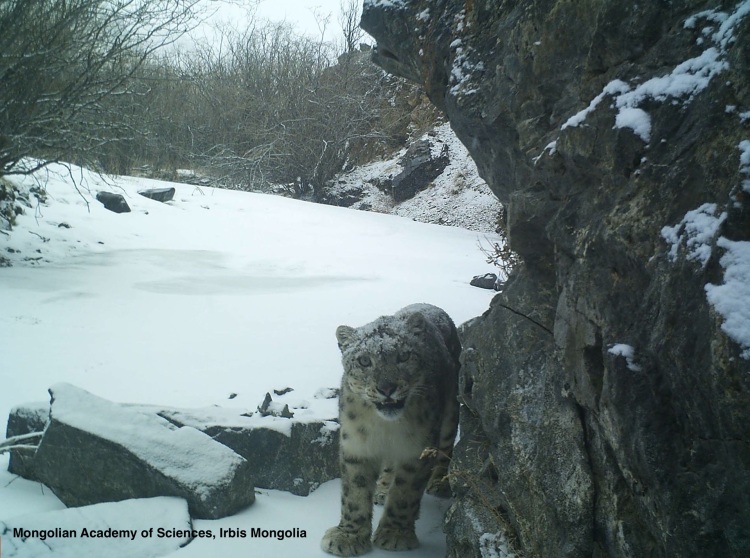This is a wonderful post about the mystery of how snow leopards survive at high altitudes. If you’re interested in learning more about one of the most mythical cats of all, be sure to visit Katey’s blog! As someone who has studied snow leopards in Mongolia, she has many insights about this species and the people who live alongside them. You will not be disappointed!
From the deepest oceans to the highest peaks, and from the hottest deserts to the Earth’s poles, there is life that has evolved incredible adaptations to survive in their extreme environments…

Low oxygen results in a hypoxic environment. Hypoxia occurs when not enough oxygen is carried by the blood supply, leading to neurological and organ failure. Hemoglobin is a protein found in vertebrates’ blood that bonds to, and transports, oxygen.
 Oxygen molecules binding to hemoglobin in human red blood cells (Photo from Google images)
Oxygen molecules binding to hemoglobin in human red blood cells (Photo from Google images)
To combat a low oxygen environment, hemoglobin levels in lowland species increase. Mammals and birds that dive store more oxygen in their lungs, blood, and tissues than their non-diving counterparts. Fish increase the ventilation of water over gills to push more oxygen into their circulatory system. Some species that live at deep depths have larger gill surface area, while species that frequent those depths may gape…
View original post 513 more words
Thanks for sharing!
LikeLiked by 1 person
No problem: it was a great post and well worth the share!
LikeLike
AMAZING just AMAZING !
LikeLiked by 1 person
It certainly is!
LikeLike
Always thrilling to read about the intricate details of wild animal life. The gray areas are surely becoming more defined in my level of understanding.
LikeLiked by 1 person
Thanks Yvonne, I’m glad I could help fill in some of those gray areas! Of course there are still many gray areas that Western science doesn’t know about animals like snow leopards, which is partly what makes them so fascinating to study ☺
LikeLike